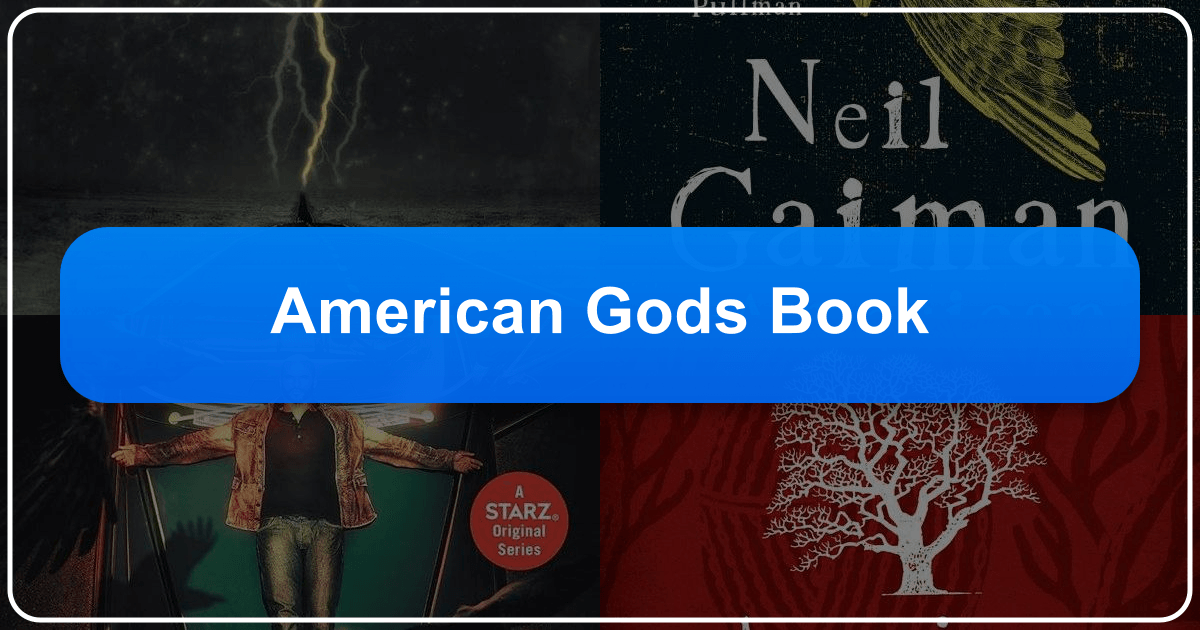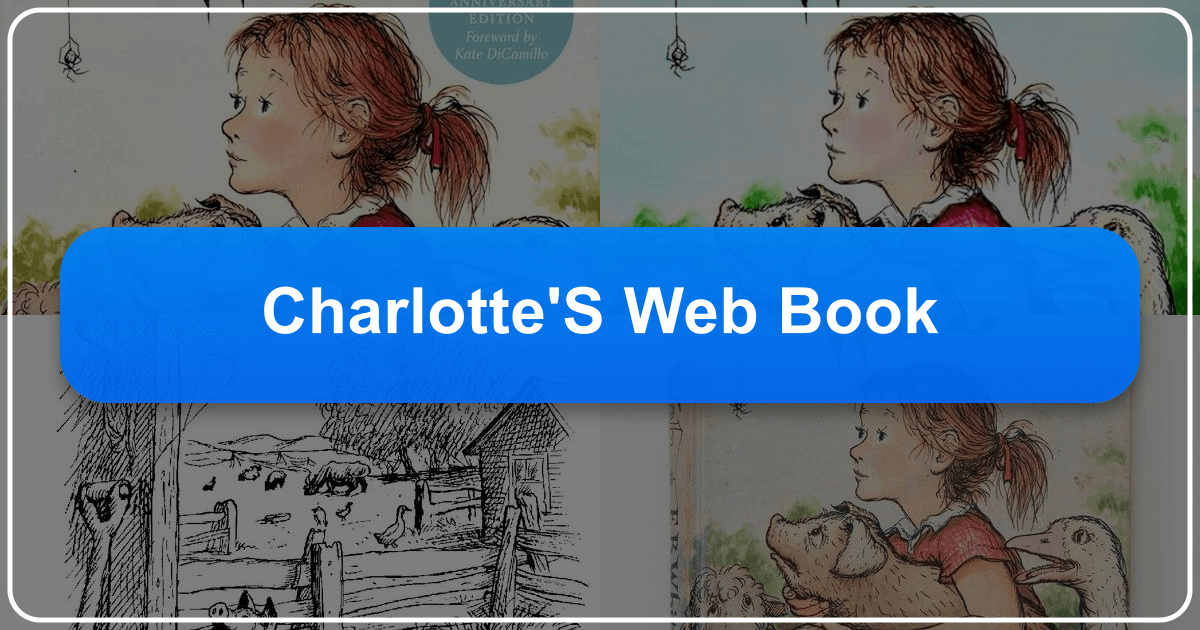American Gods: A Deep Dive into Neil Gaiman's Mythological Masterpiece
Neil Gaiman’s American Gods is more than just a fantasy novel; it’s a cultural phenomenon that has captivated readers and viewers alike since its publication in 2001. This exploration delves into the various aspects of the book, examining its genre, literary influence, adaptations, and enduring cultural impact, drawing upon the rich tapestry of themes and characters that make it a modern classic.
Genre and Literary Classification
American Gods defies easy categorization. While firmly rooted in the fantasy genre, its blend of mythology, magical realism, road trip narrative, and social commentary makes it a unique and multifaceted work. It draws heavily from various mythologies, seamlessly weaving together Norse, Egyptian, Native American, and other traditions, creating a vibrant and often unsettling tapestry of belief and faith. The novel is also a road trip story, following Shadow’s journey across America, which allows Gaiman to explore the diverse landscapes and cultures of the United States. Furthermore, the narrative incorporates elements of crime fiction, with Shadow’s involvement in criminal activities and the mystery surrounding Laura’s death, as well as elements of horror, evident in the dark and sometimes grotesque imagery and character portrayals. Finally, the novel’s underlying commentary on American culture, its history, and its evolving beliefs positions it within the realm of social commentary, making it a truly multi-genre experience. The novel seamlessly blends high fantasy with realistic depictions of American society, creating a world both fantastical and familiar.





